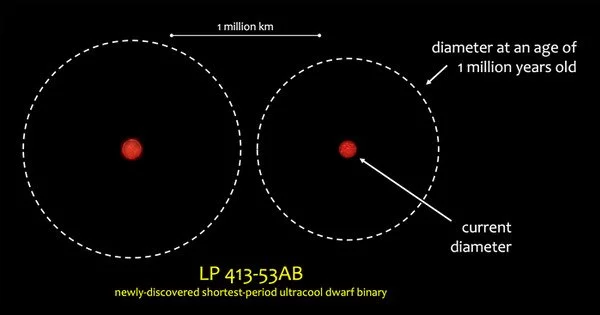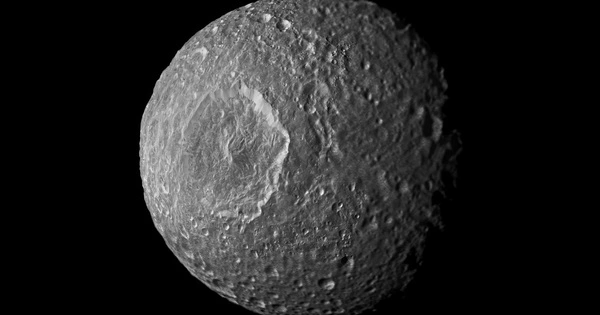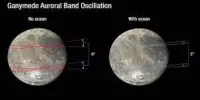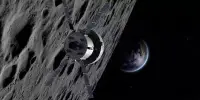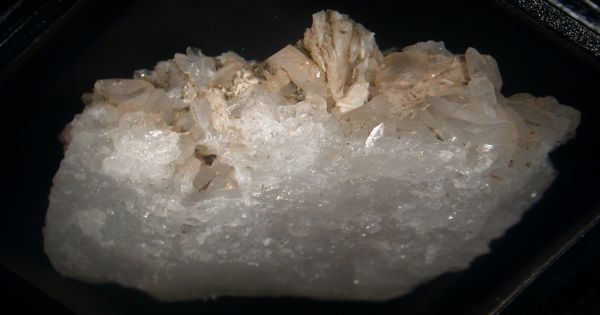Ultracool dwarf binary stars, also known as brown dwarf binaries, are a type of celestial object consisting of two brown dwarfs in close orbit around each other. They have recently been in the news for breaking records due to their unique properties and potential for discovery of new exoplanets. Brown dwarfs are objects with masses too low to sustain hydrogen fusion, which is the process that powers stars, but too high to be considered planets. The close proximity of ultracool dwarf binary stars makes them excellent candidates for the detection of exoplanets through observational techniques such as radial velocity and direct imaging.
The tightest ultracool dwarf binary system ever observed has been discovered by astronomers. The two stars are so close that they revolve around each other in less than one Earth day. In other words, each star’s ‘year’ is only 20.5 hours long.
Astrophysicists from Northwestern University and the University of California, San Diego (UC San Diego) have discovered the tightest ultracool dwarf binary system ever observed. The two stars are so close that they revolve around each other in less than one Earth day. In other words, each star’s “year” is only 20.5 hours long.
The newly discovered system, known as LP 413-53AB, is made up of a pair of ultracool dwarfs, a type of very low-mass star that emits its light primarily in the infrared, rendering it completely invisible to the human eye. Nonetheless, they are one of the most common types of stars in the universe.
Previously, only three short-period ultracool dwarf binary systems had been discovered, all of which are relatively young (up to 40 million years old). LP 413-53AB is thought to be billions of years old, similar to our sun, but it has an orbital period that is at least three times shorter than the orbital periods of all ultracool dwarf binaries discovered so far.
These ultracool dwarfs are neighbors of our sun. To identify potentially habitable hosts, it’s helpful to start with our nearby neighbors. But if close binaries are common among ultracool dwarfs, there may be few habitable worlds to be found.
Chih-Chun Hsu
“It’s exciting to discover such an extreme system,” said Chih-Chun “Dino” Hsu, a Northwestern astrophysicist who led the study. “In principle, we knew these systems should exist, but no such systems had been identified yet.”
Hsu will present this research during a press briefing at the 241st Meeting of the American Astronomical Society in Seattle. “Discovery of the shortest-period ultracool dwarf binary” will take place at 2:15 p.m. PST on Tuesday, Jan. 10, as part of a session on “Stars and Their Activity.”
Hsu is a physics and astronomy postdoctoral researcher at Northwestern’s Weinberg College of Arts and Sciences, as well as a member of Northwestern’s Center for Interdisciplinary Exploration and Research in Astrophysics (CIERA). He began this research while a Ph.D. student at UC San Diego under the supervision of Professor Adam Burgasser.
The strange binary system was discovered by the team while exploring archival data. Hsu created an algorithm that can model a star using spectral data. Astrophysicists can determine a star’s chemical composition, temperature, gravity, and rotation by analyzing the spectrum of light emitted by the star. This analysis also depicts the star’s radial velocity as it moves toward and away from the observer.

Hsu noticed something strange while examining the spectral data of LP 413-53AB. Early observations of the system captured it when the stars were roughly aligned and their spectral lines overlapped, leading Hsu to believe it was only one star. The spectral lines, however, shifted in opposite directions as the stars moved in their orbit, splitting into pairs in later spectral data. Hsu realized there were two stars locked in an extremely tight binary.
Hsu decided to observe the phenomenon for himself using powerful telescopes at the W.M. Keck Observatory. On March 13, 2022, the team pointed the telescopes at the constellation Taurus, which contains the binary system, and observed it for two hours. They then conducted additional observations in July, October, and December.
“We could see things changing over a couple of minutes of observation when we were making this measurement,” Burgasser said. “The majority of the binaries we observe have orbital periods of years. So you’re measured every few months. After a while, you’ll be able to put the puzzle together. We could see the spectral lines moving apart in real time using this system. It’s incredible to witness something happening in the universe on a human time scale.”
The findings supported what Hsu’s model predicted. The distance between the two stars is about 1% that of the Earth-Sun distance. “This is remarkable because these stars would have been on top of each other when they were young, around 1 million years ago,” Burgasser said.
The team hypothesizes that the stars either migrated toward each other as they evolved, or that they came together following the ejection of a third, now-lost stellar member. More observations are required to put these theories to the test.
Hsu also stated that researchers can learn more about potentially habitable planets beyond Earth by studying similar star systems. Because ultracool dwarfs are fainter and dimmer than the sun, any worlds with liquid water on their surfaces – a necessary ingredient for the formation and maintenance of life – would need to be much closer to the star. However, for LP 413-53AB, the habitable zone distance is the same as the stellar orbit, making habitable planet formation impossible in this system.
“These ultracool dwarfs are neighbors of our sun,” Hsu said. “To identify potentially habitable hosts, it’s helpful to start with our nearby neighbors. But if close binaries are common among ultracool dwarfs, there may be few habitable worlds to be found.”
Hsu, Burgasser, and their colleagues hope to find more ultracool dwarf binary systems to create a complete data sample in order to fully investigate these scenarios. New observational data could contribute to the improvement of theoretical models of binary star formation and evolution. Finding ultracool binary stars, on the other hand, has been a difficult task until now.
“These systems are uncommon,” said Chris Theissen, co-author of the study and Chancellor’s Postdoctoral Fellow at UC San Diego. “But we don’t know if they’re rare because they’re uncommon or because we can’t find them. That is a broad question. We now have one data point upon which to build. This data had been sitting in the archives for quite some time. Dino’s tool will allow us to search for more binaries like this one.”
